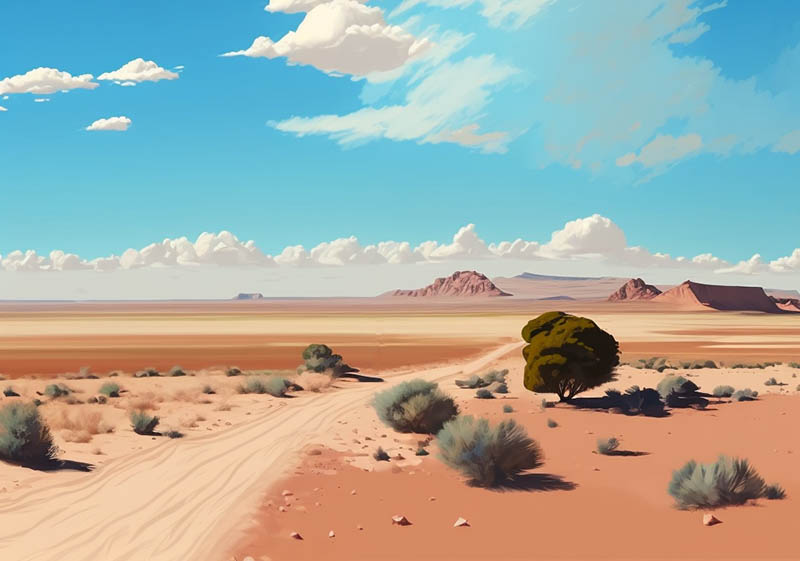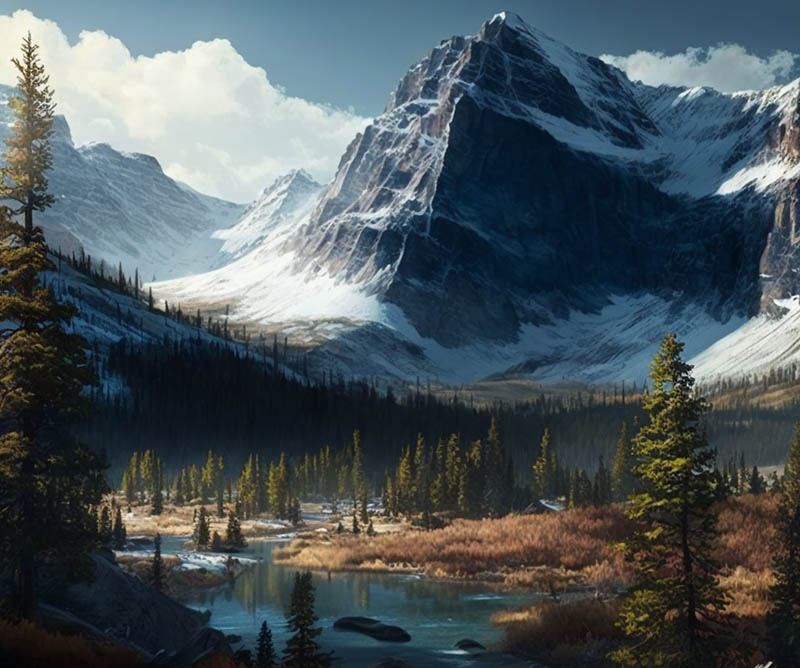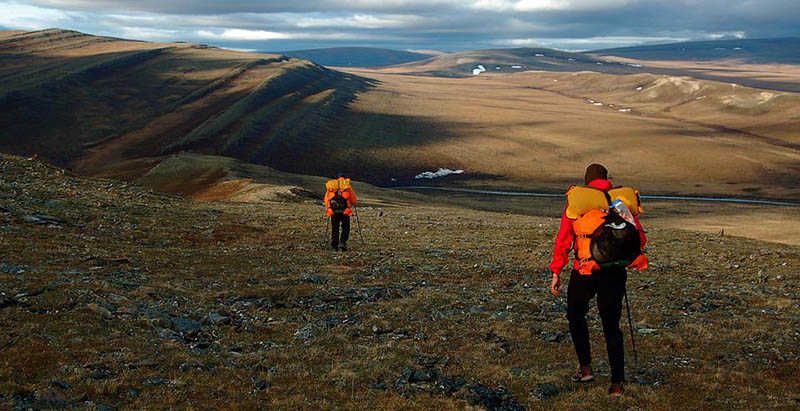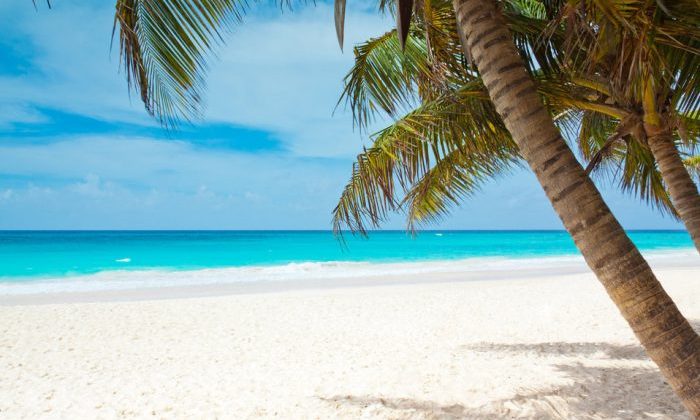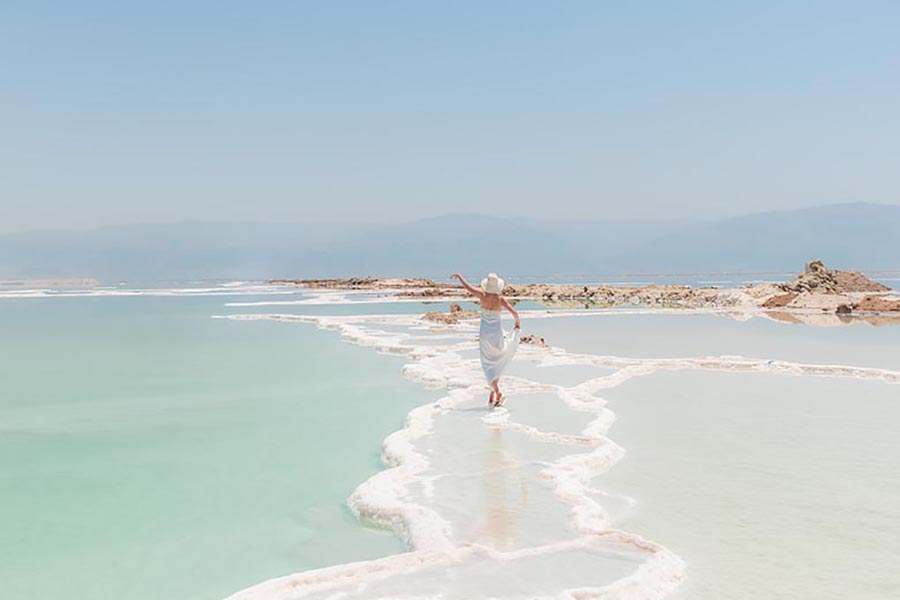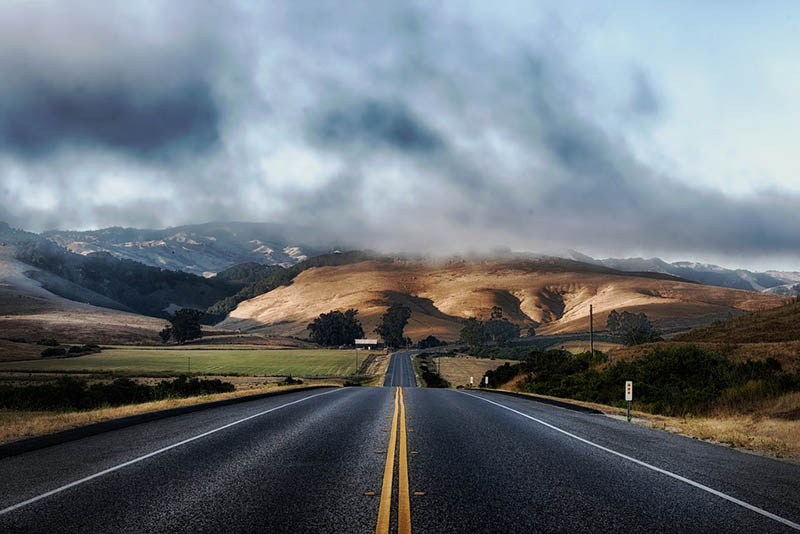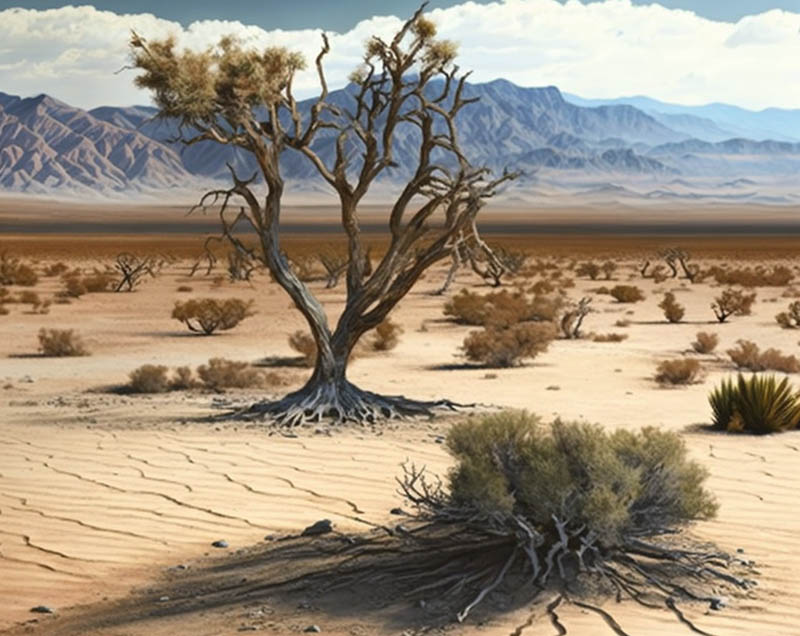Deserts are very harsh places in which it is difficult to survive. They occupy a huge area on our planet.
Top Deserts Facts
- Deserts cover about 33% of the Earth’s land surface, and they can be found on every continent. This amounts to around 45 million square kilometers or 17 million square miles. Quite impressive!
- The largest hot desert on Earth is Sahars in Africa: 3.5 million square miles (9.2 million square km). However, some scientists claim that a huge part of Antarctica is a polar desert, even larger in size.
- Despite the harsh conditions, many plants and animals have adapted to life in the desert. For example, these animals have evolved to get the water they need from the food they eat.
- Deserts are defined by their low levels of rainfall, but they can still contain a surprising amount of life. In the aforementioned Sahara, there are over 70 species of mammals, 90 species of birds, 100 species of reptiles, and countless invertebrates.
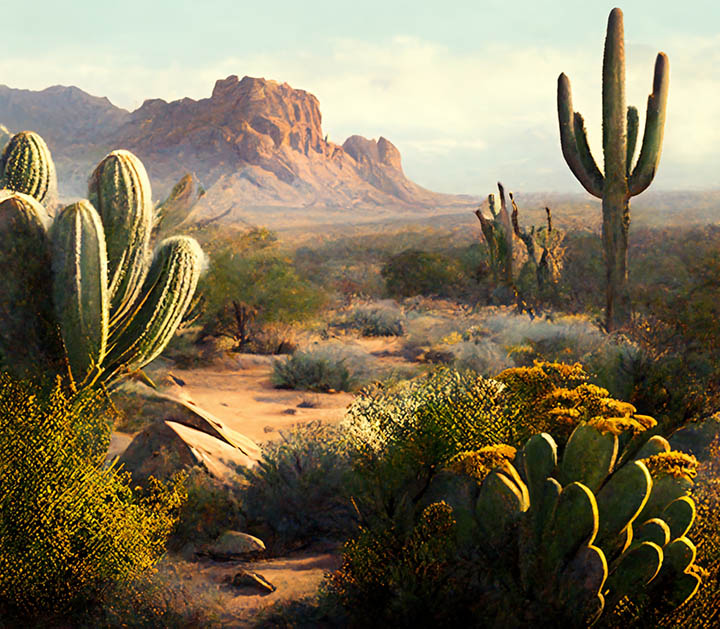
Types of Deserts
- There are four main types of deserts: hot and dry, semiarid, coastal, and cold. They have something in common: very low humidity and insignificant precipitation.
- Hot and dry deserts, also known as arid ones, are the most common type. Sahara in Africa and the Mojave Desert in the US make great examples.
- Semiarid deserts have slightly more rainfall than arid ones. More plants grow there, such as cacti and yucca.
- Coastal deserts are found near the coast and are characterized by cool ocean currents and fog. Examples include the Namib Desert and the Atacama Desert.
- Cold deserts, also known as polar deserts, are found near the poles and are characterized by freezing temperatures and very little rainfall. Examples include the Gobi Desert and the Antarctic Desert. Interesting fact: the Gobi is located very far from the poles, in Mongolia, but it’s still very cold.
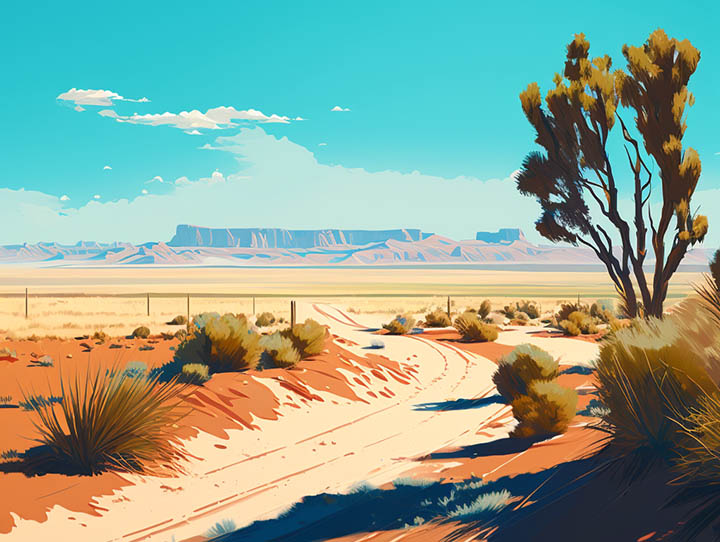
Climate and Temperature in Deserts
- Deserts are defined as areas that receive less than 10 inches (25 cm) of rainfall per year.
- Due to their low levels of humidity, they often experience drastic temperature changes from day to night. In other words, it can be extremely hot during the day and very cold at night. Even frost falls sometimes!
- The hottest temperature ever recorded on Earth was in Furnace Creek Ranch in Death Valley, California, where temperatures reached 134°F (56.7°C) in 1913. That’s an all-time record.
- Some deserts, such as the McMurdo Dry Valleys in Antarctica, are so cold that they are permanently frozen. But there are oases there too! Polar oases though… These are areas free of ice.
Plants and Animals in Deserts
- Many plants in the desert have adapted to the harsh conditions by developing long roots to find water and by storing water in their leaves and stems.
- Cacti are one of the most well-known desert plants, and they can be found in many different shapes and sizes.
- The saguaro cactus, which can grow up to 60 feet (18 meters) tall, is found only in the Sonoran Desert in Arizona and Mexico.
- The Joshua tree, a tall, spiky tree, is found in the Mojave Desert and is named after the biblical figure Joshua.
- Many animals in arid areas are active at night when temperatures are cooler, and spend the day in burrows or under rocks to escape the heat.
- Camels are well-suited to life in such harsh conditions. They have the ability to go long periods without water and their thick coats, which protect them from the sun.
- The fennec fox, which is found in the Sahara Desert, has large ears that help it to dissipate heat and locate prey.
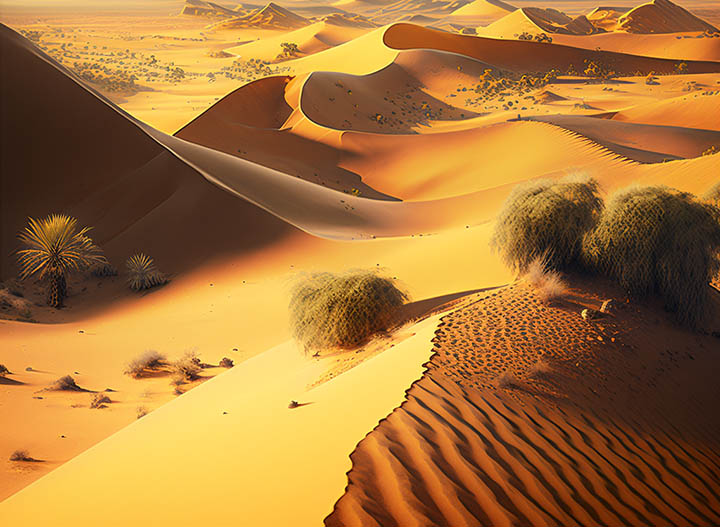
Geology and Landforms
- Sand dunes are a common feature of many deserts and can reach heights of over 1,000 feet (300 meters).
- The largest sand desert in the world is the Rub’ al Khali, or Empty Quarter, in the Arabian Peninsula.
- The Grand Canyon was formed by the erosion of the Colorado River over millions of years and is located in the Sonoran Desert in Arizona.
- Rock formations such as arches, hoodoos, and mesas are common in desert areas and are the result of erosion and weathering.
- The Painted Desert in Arizona is known for its colorful rock formations and is a popular tourist destination.
People and Deserts
- Many ancient civilizations, such as the Egyptians and the Mayans, developed in arid regions.
- The Silk Road, a network of trade routes that extended from China to the Mediterranean, passed through many desert regions.
- Many indigenous people have lived in such regions for thousands of years and have developed unique cultures and traditions.
- The Bedouin people, who are nomadic herders, have lived in the Arabian and Sahara deserts for centuries. Actually, some of them still live there.
- The Navajo people, who live in the southwestern United States, have a long history of living in the desert. They have developed intricate weaving and jewelry-making traditions.
- Many arid regions are popular tourist destinations. Visitors come to see natural wonders such as the Grand Canyon and cultural sites such as Petra in Jordan.
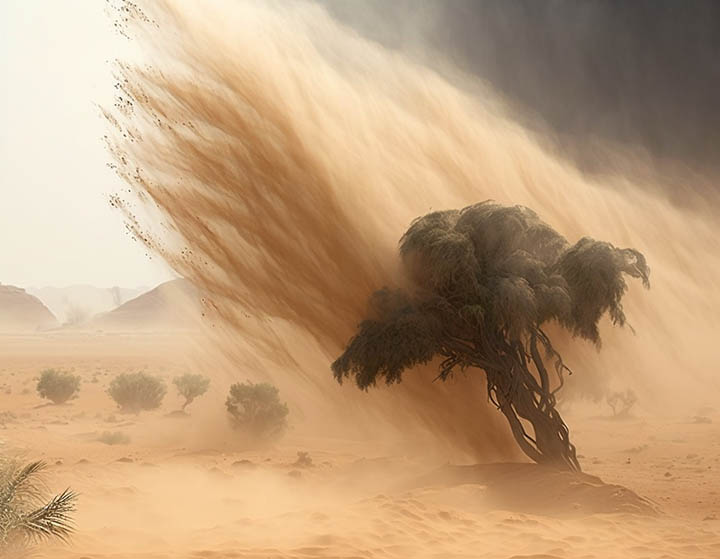
Conservation and Threats
- Many desert regions are under threat from human activities such as mining, agriculture, and urban development.
- The Sahara Desert has experienced significant desertification due to overgrazing and deforestation.
- The Sonoran Desert in the southwestern United States is home to many endangered species, including the Sonoran pronghorn and the desert tortoise.
- Climate change is expected to have a significant impact on arid regions. Increased temperatures and reduced rainfall potentially cause major ecological changes.
Desert Survival
- If you find yourself lost in the desert, it’s important to conserve your water and seek shade during the hottest parts of the day.
- Building a shelter using natural materials such as branches and leaves can help protect you from the sun and wind.
- Avoiding unnecessary physical exertion and conserving your energy is key to surviving in such conditions.
- If you come across a source of water, such as a spring or a cactus, it’s important to purify the water before drinking it to avoid illness.
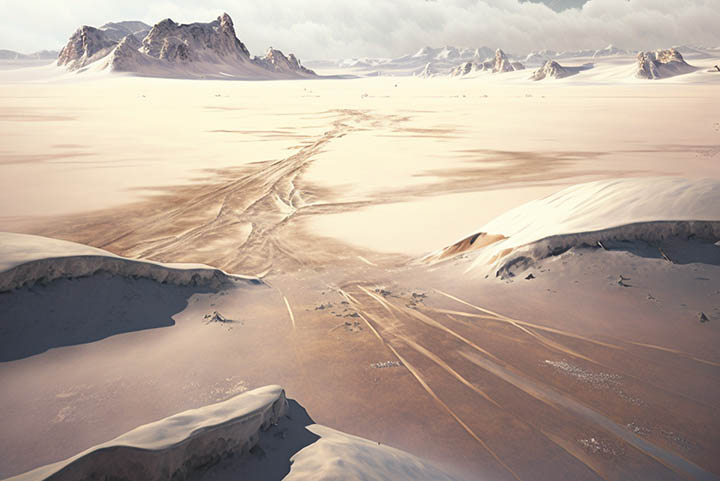
Desert Mysteries
- The Nazca Lines, a series of mysterious geoglyphs located in the Peruvian desert, are thought to have been created by the Nazca people between 500 BCE and 500 CE.
- The Marfa Lights, a mysterious phenomenon that appears as bright orbs of light in the desert sky, have been observed in the desert of West Texas for over 100 years.
- The Black Rock Desert in Nevada is home to the annual Burning Man festival, which attracts tens of thousands of visitors each year.
Desert Technology
- Solar power is a growing industry in desert regions, with many solar farms and power plants located in areas such as the Mojave Desert in California.
- The Mars Desert Research Station, located in the Utah desert, is used to simulate conditions on the red planet and test technologies for space exploration.
- Many modern desalination plants, which turn salt water into fresh water, are located in arid regions to meet the growing demand for fresh water.
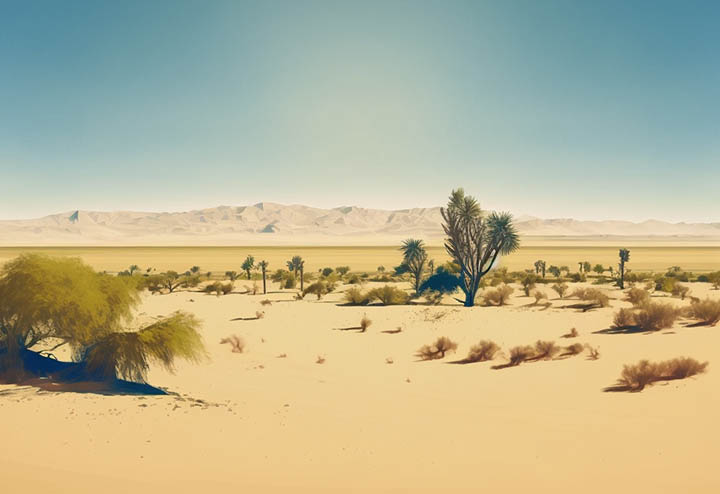
Desert Exploration
- Many explorers and adventurers have been drawn to the challenge of exploring such regions, including T.E. Lawrence (also known as Lawrence of Arabia) and Gertrude Bell.
- The Dakar Rally, an annual off-road race, takes place in the deserts of South America and the Middle East.
- The Trans-Saharan trade route, which passed through the Sahara Desert, was a major route for the trade of gold, salt, and other commodities in ancient times.
Desert Recreation
- Many desert regions offer opportunities for outdoor recreation, including hiking, rock climbing, and off-road driving.
- The Coachella Valley Music and Arts Festival, a popular music festival held in the California desert, attracts over 100,000 visitors each year.
- Many desert regions are home to luxurious resorts and spas, offering visitors the chance to relax and unwind in beautiful surroundings.
